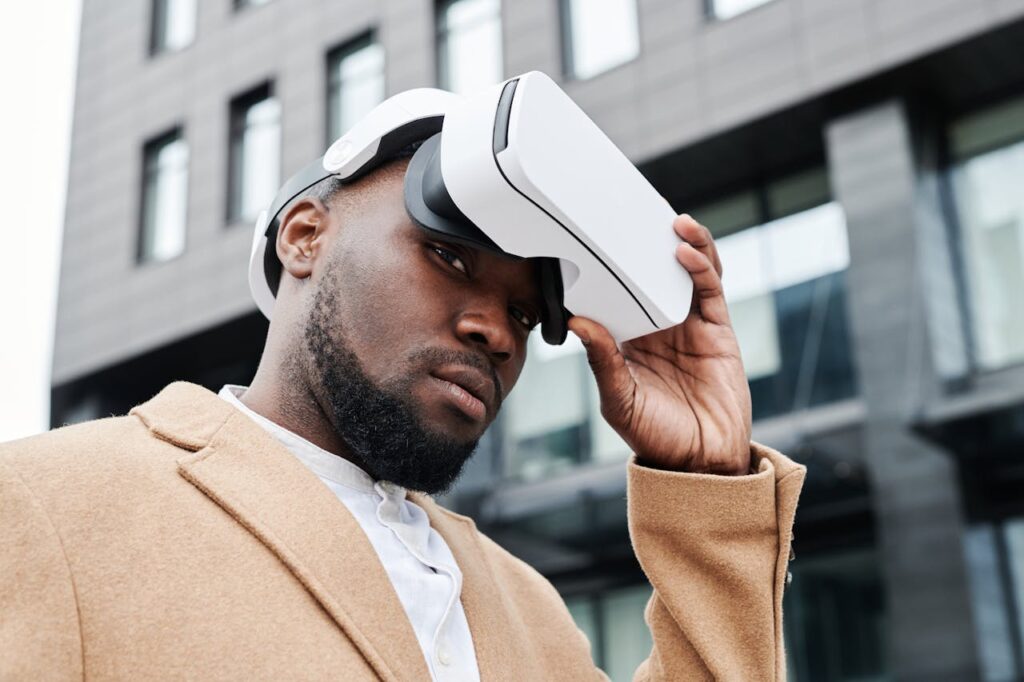

In the past, the primary workspace for most professionals was the traditional office. However, as technology advanced, so did the nature of workspaces. Nowadays, we have moved from physical offices to virtual ones. The advent of virtual reality (VR) has made it possible to create immersive digital workspaces that can provide a similar experience to the physical office.
The benefits of VR workspaces
One of the biggest benefits of VR workspaces is the flexibility they offer. With VR, you can work from anywhere in the world without losing the feeling of being in an office environment. This flexibility can lead to a better work-life balance as it eliminates commuting time and allows for a more flexible schedule. Moreover, VR workspaces can foster collaboration and creativity by providing a stimulating and interactive environment that is different from the traditional office setup.
The Meta Quest 3 is a cutting-edge VR headset that offers a unique experience to its users. This device allows you to dive into a virtual world where you can interact with digital objects as if they were real. When applied to a workspace setting, the headset can create an immersive, virtual office environment. In this space, users can collaborate with others, attend meetings, or work on projects, all while enjoying the comfort of their own home.
Challenges in VR workspaces
Despite the many advantages, VR workspaces also present several challenges. For instance, not everyone is comfortable with using VR technology. It requires a learning curve and some people may experience discomfort or motion sickness. Additionally, VR workspaces require reliable and fast internet connections, which can be a challenge in some areas. Finally, while VR workspaces can mimic the physical interaction of an office, they still can’t replace the human touch and social connections that come with a physical workspace.
The future of VR workspaces
Despite these challenges, the future of VR workspaces looks promising. The technology is continuously improving, and companies are investing in making VR workspaces more comfortable and accessible. Moreover, as more professionals become accustomed to remote work, the demand for VR workspaces is likely to increase. In the end, while VR workspaces may not completely replace traditional offices, they can definitely complement them and offer a more flexible and balanced way of working.
The transition from offices to VR workspaces
While VR workspaces are not yet the norm, they are becoming increasingly popular. They offer a unique way of working that combines the benefits of remote work with the interactive experience of physical offices. Although there are still challenges to overcome, the potential of VR workspaces is immense. Therefore, it’s worth keeping an eye on how this technology will evolve and shape the future of work. Whether or not VR workspaces will lead to more work-life balance depends on how well we can adapt to and leverage this technology. However, one thing is certain: VR workspaces are here to stay and they are changing the way we work.
Leave a Reply